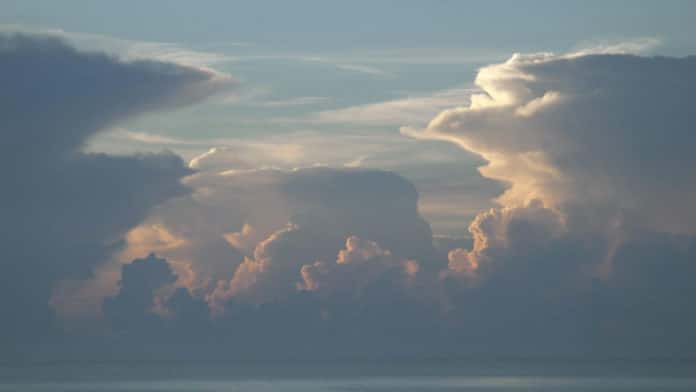NASA’s new mission will determine the behavior of tropical storms and thunderstorms, including their impacts on weather and climate models. This new Earth science mission is expected to launch in 2027 as part of NASA’s Earth Venture Program.
It will address why convective storms, heavy precipitation, and clouds occur exactly when and where they form.
The mission will be a collection of three SmallSats, flying in tight coordination, called Investigation of Convective Updrafts (INCUS). The INCUS has been selected through the agency’s Earth Venture Mission-3 (EVM-3) solicitation. The EVM-3 aims to complete space-based investigations to address essential science questions and produce data of societal relevance within the Earth science field.
Thomas Zurbuchen, an associate administrator for the agency’s Science Mission Directorate in Washington, said, “Every one of our Earth science missions is carefully chosen to add to a robust portfolio of research about the planet we live on. INCUS fills an important niche to help us understand extreme weather and its impact on climate models – all of which serves to provide crucial information needed to mitigate weather and climate effects on our communities.”
Karen St. Germain, NASA‘s Earth Science division director, said, “In a changing climate, more accurate information about how storms develop and intensify can help improve weather models and our ability to predict the risk of extreme weather. This information not only deepens our scientific understanding about the changing Earth processes but can help inform communities around the world.”
The mission will cost approximately $177 million, not including launch costs. NASA will select a launch provider in the future. After a detailed review of 12 received proposals for EVM-3 missions, NASA has selected INCUS to continue into development.
